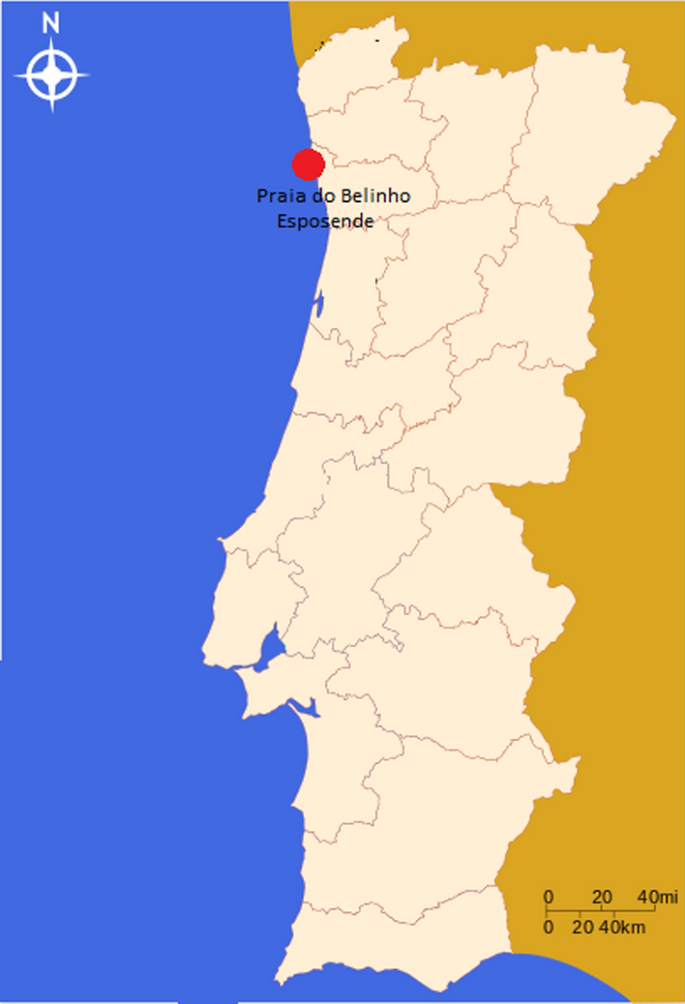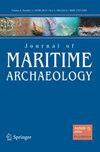金属物品备受青睐:葡萄牙埃斯波桑德海岸的十六世纪沉船货物和研究船舶货物的重要性
IF 0.7
3区 历史学
0 ARCHAEOLOGY
引用次数: 0
摘要
在 2014 年和 2017 年的冬季风暴中,强浪使葡萄牙北部贝林霍海滩上的数百根木头和文物暴露出来。这些船只遗骸后来被发现属于一艘 16 世纪的沉船,可能来自北欧。本文旨在通过研究与该遗址相关的物质文化(主要包括数百件锡器、黄铜、铅、铁和石器),讨论货物分析的重要性。这些物品中的大多数似乎都属于船上的货物,并与反映经济、文化和象征行为的欧洲贸易体系联系在一起。本文章由计算机程序翻译,如有差异,请以英文原文为准。

Metal Objects Were Much Desired: A Sixteenth-Century Shipwreck Cargo off the Coast of Esposende (Portugal) and the Importance of Studying Ship Cargos
During winter storms in 2014 and 2017, strong waves exposed hundreds of timbers and artefacts at the Belinho beach, in the North of Portugal. These ship remains were later discovered to belong to a 16th-century shipwreck, probably originating from Northern Europe. This paper aims to discuss the importance of cargo analysis through the study of the material culture associated with that site, consisting mainly of hundreds of pewter, brass, lead, iron, and stone artefacts. Most of these objects seem to have belonged to the ship’s cargo and are tied to a European trade system reflecting economic, cultural, and symbolic behaviours.
求助全文
通过发布文献求助,成功后即可免费获取论文全文。
去求助
来源期刊

Journal of Maritime Archaeology
ARCHAEOLOGY-
CiteScore
1.20
自引率
0.00%
发文量
25
期刊介绍:
Journal of Maritime Archaeology is the first international journal to address all aspects of maritime archaeology, both terrestrial and under water. It encompasses theory, practice and analysis relating to sites, technology, landscape, structure, and issues of heritage management.Journal of Maritime Archaeology provides a conduit for maritime approaches reaching across archaeology and related disciplines such as cultural geography, history, ethnography, oceanography and anthropology. In so doing the journal addresses all aspects of the human past relating to maritime environments.Rated ''A'' in the European Reference Index for the Humanities (ERIH) Journal of Maritime Archaeology is rated ''A'' in the ERHI, a new reference index that aims to help evenly access the scientific quality of Humanities research output. For more information visit http://www.esf.org/research-areas/humanities/activities/research-infrastructures.html Rated ''A'' in the Australian Research Council Humanities and Creative Arts Journal List. For more information, visit: http://www.arc.gov.au/era/journal_list_dev.htm
 求助内容:
求助内容: 应助结果提醒方式:
应助结果提醒方式:


